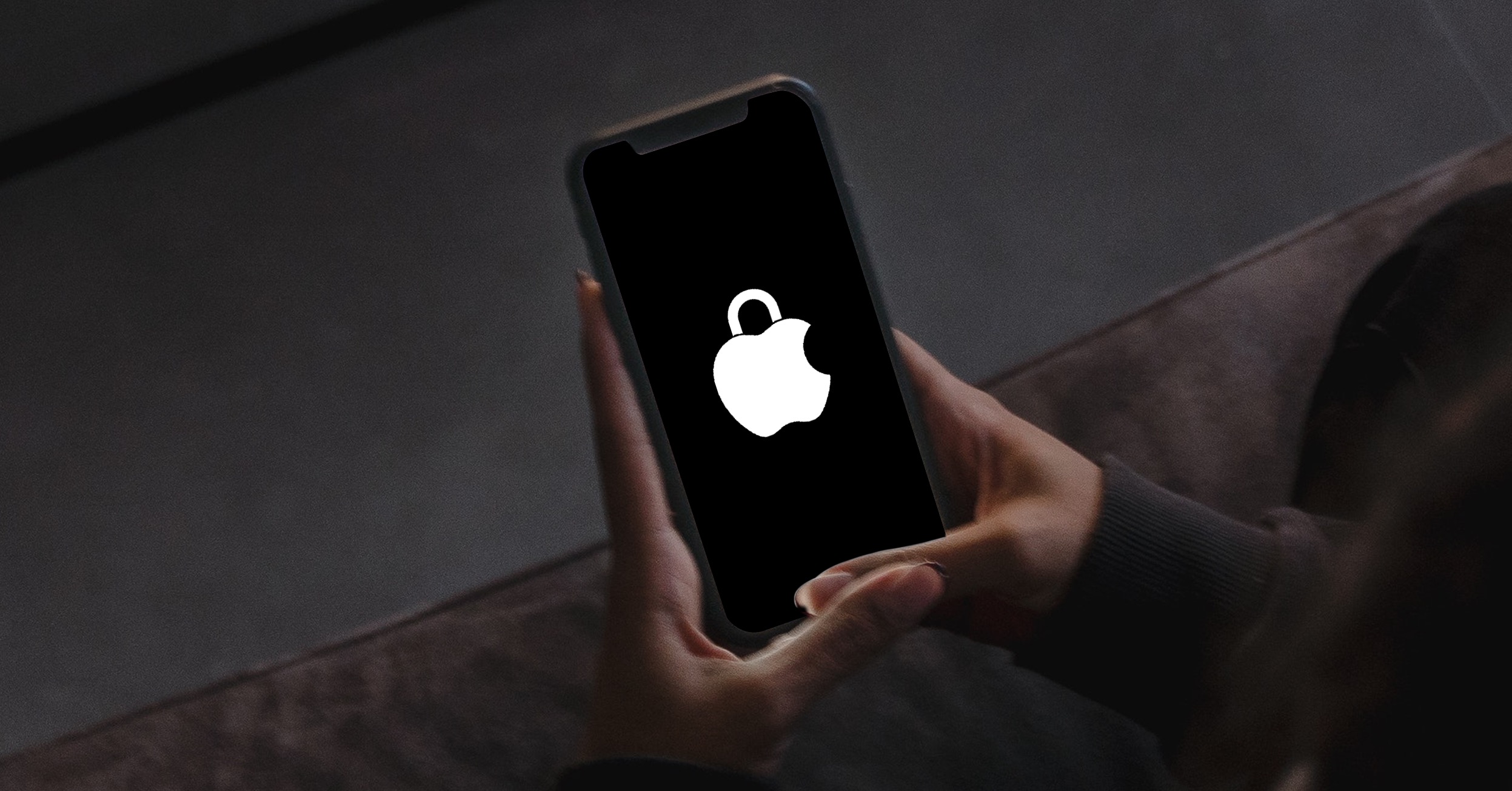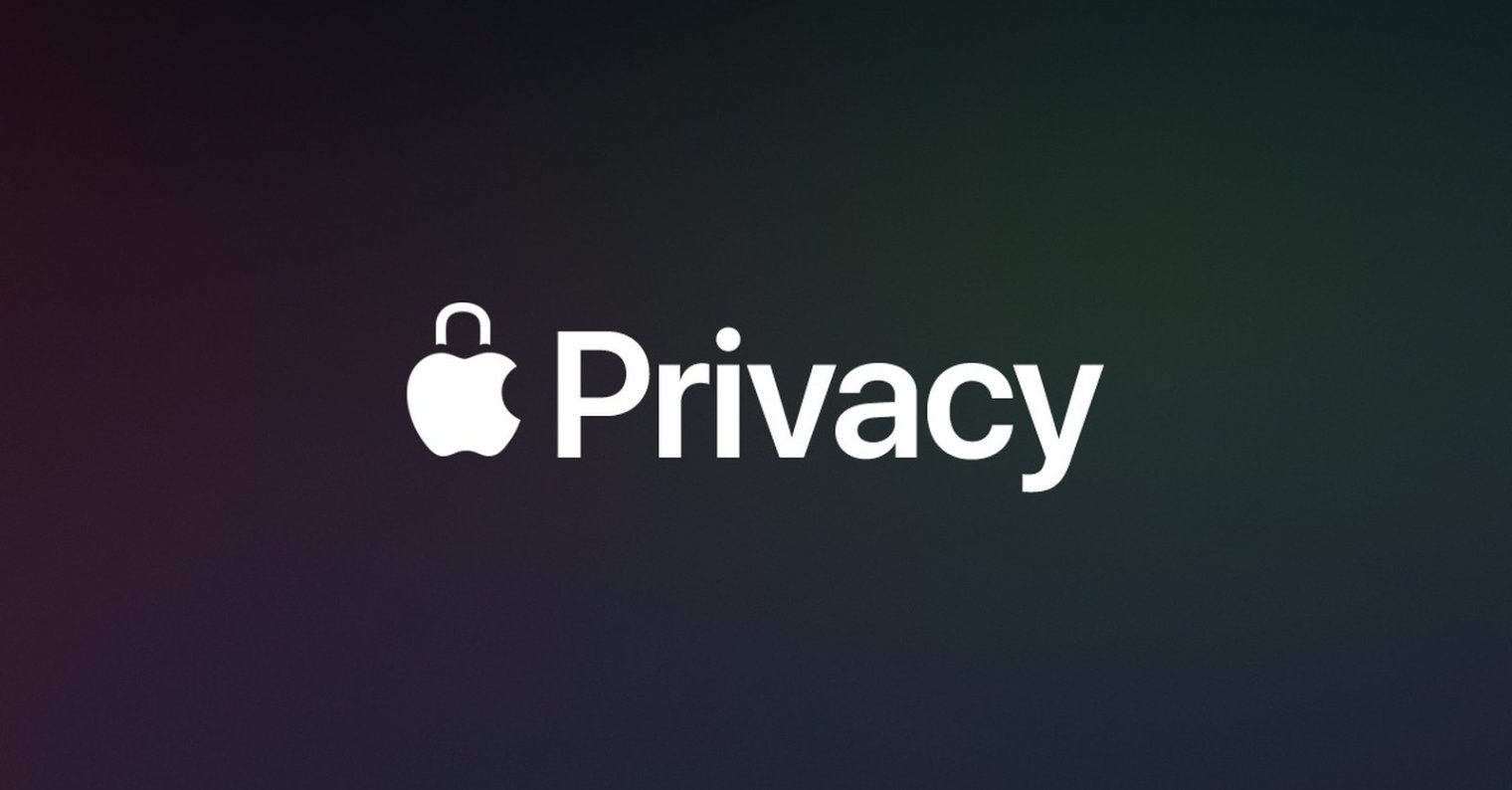iPhone is designed to protect your data and privacy. Built-in security features help prevent anyone but you from accessing your iPhone and iCloud data. The Apple ID is the key, but like any identity on the web, it can be hacked. How to find out and how to defend yourself successfully?
As long as nothing happens, you can Touch ID or Face ID, control questions, two-factor authentication, and the constant asking of Apple if it's really you, annoying. On the other hand, everything is perfectly justified. All these tools minimize the access of a stranger not only to your device, but also to your account and services. Plus, even if someone knows your password, two-factor authentication means they can't change it and take away access to your account. Apple notifies you of a change request, whether you make it yourself or someone else. So it is important to pay attention to the messages that the company sends you. And if it is not an action you have initiated, then of course behave accordingly.
It could be interest you

How to know if your Apple ID account has been hacked
The clues are obvious, of course. If Apple sends you an email telling you that your Apple ID has been used to sign in to a device you don't recognize (that is, it's not your iPhone, iPad, or Mac), another person has used it. It will send you a similar message even if any information in your account has been updated. This editing was not done by you, it was done by some attacker.
Your Apple ID account is also at risk if someone other than you puts your iPhone into lost mode, sees messages you didn't send, or has deleted items you didn't delete. The most troubling fact is that you may be charged for things you didn't buy, or at least only get receipts for those items.
It could be interest you

How to get control of your Apple ID back
First, log in to your account page Apple ID. You may not be able to log in, or you may see that your account is locked. In these cases, you need to reset and then reset the password (you will read how to do this in the next part). If you succeed in logging in, you will immediately be in the section Security change your password. At the same time, make sure that it is really strong and unique, i.e. that you don't use it anywhere else.
Then review all your information that the account contains. If you find inconsistencies, of course correct them immediately. Pay particular attention to your name, primary email address, alternate addresses, devices associated with your Apple ID, two-factor authentication settings, or security questions and their answers.
It could be interest you

Apple ID and signed-in device
If your Apple ID is signed in on the correct one, i.e. your device, you will find out in Settings -> Your name. Below you will see a list of devices where your Apple ID is used. You can also check receiving and sending iMessages, that is, if there is a phone number or address that you do not know in this list. For that go to Settings -> News -> Sending and receiving. There should only be your phone numbers and your addresses.
 Adam Kos
Adam Kos 








